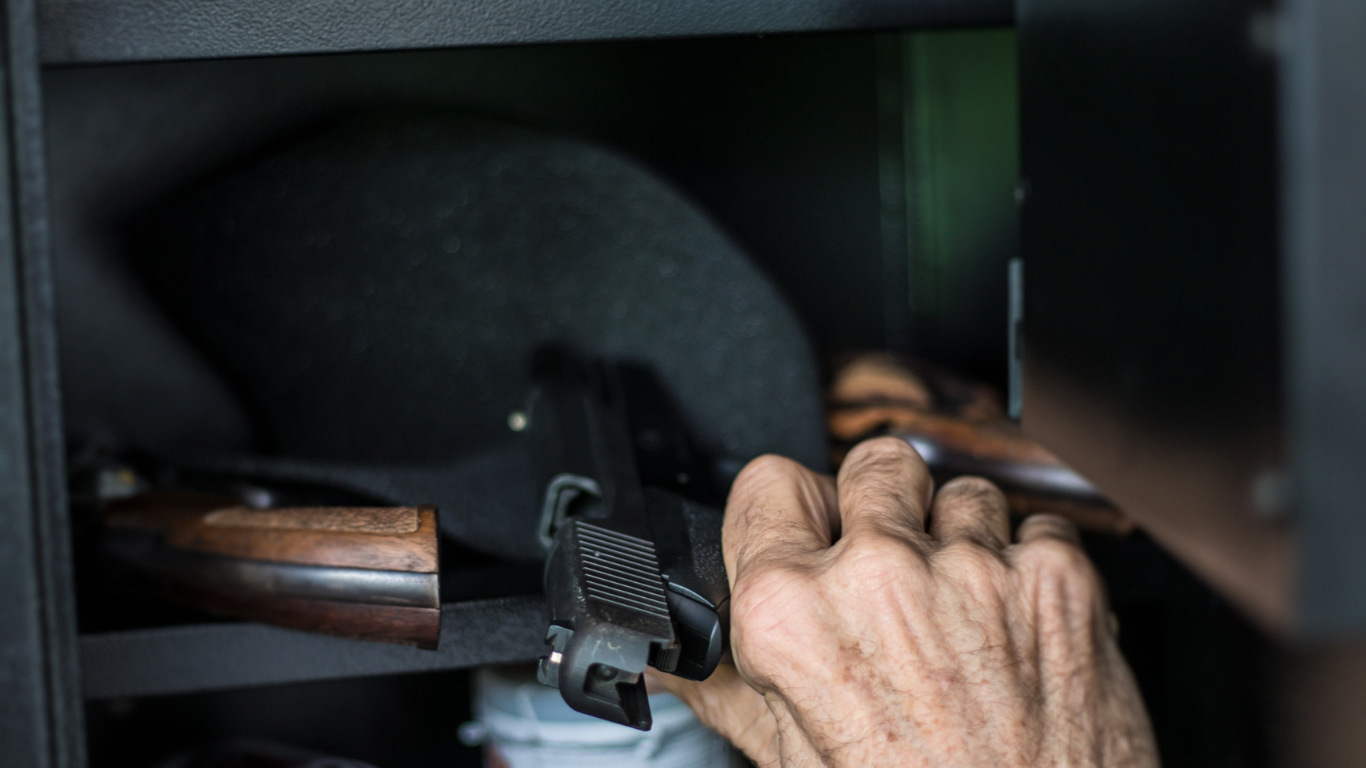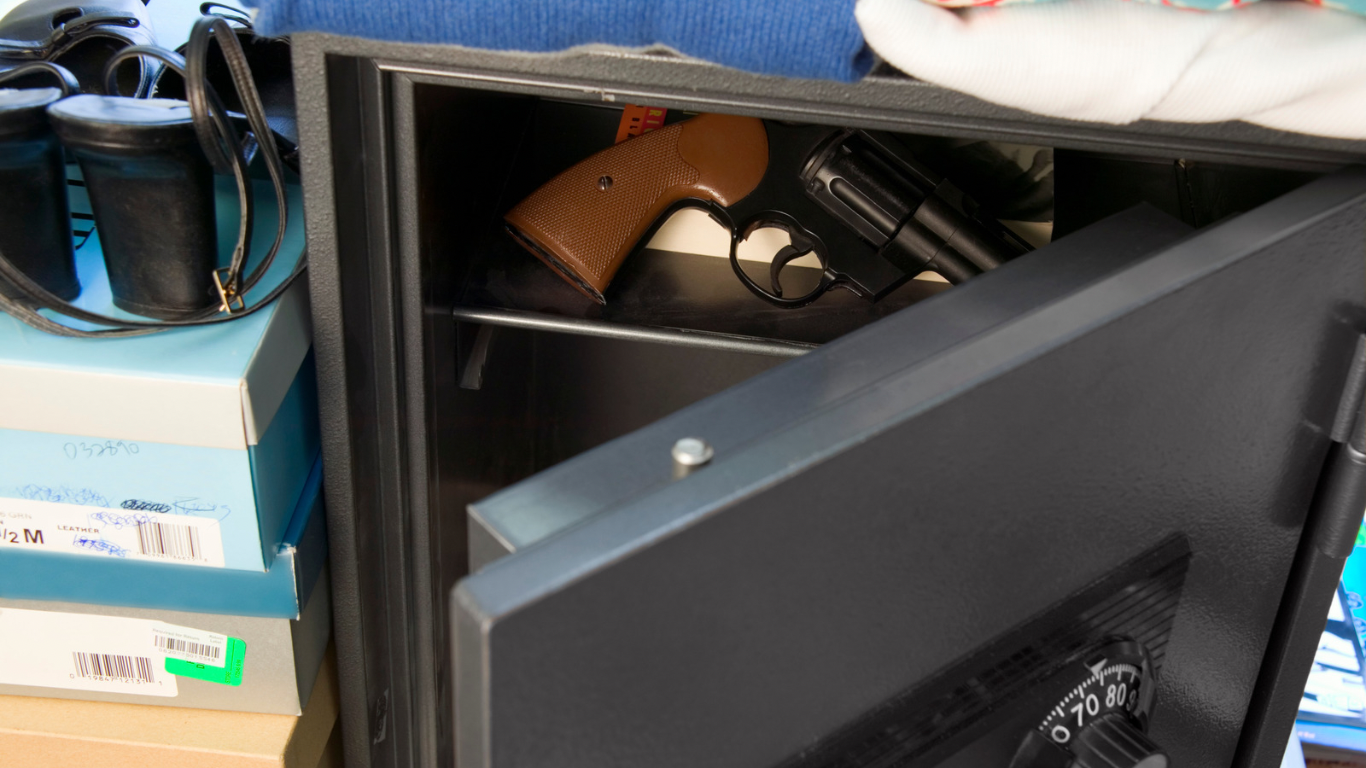Given the alarming rise of gun violence incidents in educational institutions, prioritizing gun safety education has become imperative for educators. While the issue of gun control remains controversial, ensuring that students are well-versed in handling firearms safely should be uncontested.
Educators must take proactive steps to impart gun safety knowledge to students, regardless of whether they come from gun-owning households. In this comprehensive guide, we will outline essential tips for educators on effectively teaching gun safety to their students.
Familiarize Yourself with Gun Safety Rules
Before imparting gun safety lessons to your students, it is crucial to acquaint yourself with the fundamental rules of gun safety. The National Rifle Association (NRA) highlights three essential rules: “Always keep the gun pointed in a safe direction”, “Refrain from placing your finger on the trigger until ready to shoot”, and “Keep the gun unloaded until ready for use. These rules serve as an excellent foundation for any gun safety instruction.
Tailor Lessons to Suit Age and Maturity
When initiating gun safety instruction, it is vital to consider the age and maturity level of your students. For younger children, focus on basic concepts such as never touching a gun and immediately informing an adult if they encounter one. For older students, delve into more advanced topics such as proper gun handling and the consequences of irresponsible behavior.
Leverage Available Resources and Information
Educators have access to a wealth of resources on gun safety. From comprehensive curriculums to engaging videos and interactive games, these tools can facilitate effective teaching of gun safety. The NRA offers various educational programs for educators, including a firearms safety education program designed for young students.
Foster Critical Thinking
Encourage your students to think critically about gun safety and gun violence. Engage them in discussions about the importance of responsible gun handling and the potential consequences of negligence. Emphasize how proper education on gun handling and safety can prevent tragic incidents of accidental shootings involving children.
Establish Clear Rules and Consequences
Establishing clear rules and consequences regarding gun safety within school settings is essential. This includes implementing appropriate disciplinary measures for students who bring guns to school and ensuring that conversations about guns take place in suitable environments, such as classrooms or school-sponsored events.
Conclusion
Teaching gun safety is an indispensable responsibility for educators. Given the prevalence of gun violence in educational institutions, it is crucial that students receive comprehensive education on safe gun handling.
By following these guidelines for gun safety instruction, educators can equip their students with the knowledge and understanding necessary to handle firearms responsibly. Through education and concerted efforts, we can collectively contribute to building a safer and more responsible society.






